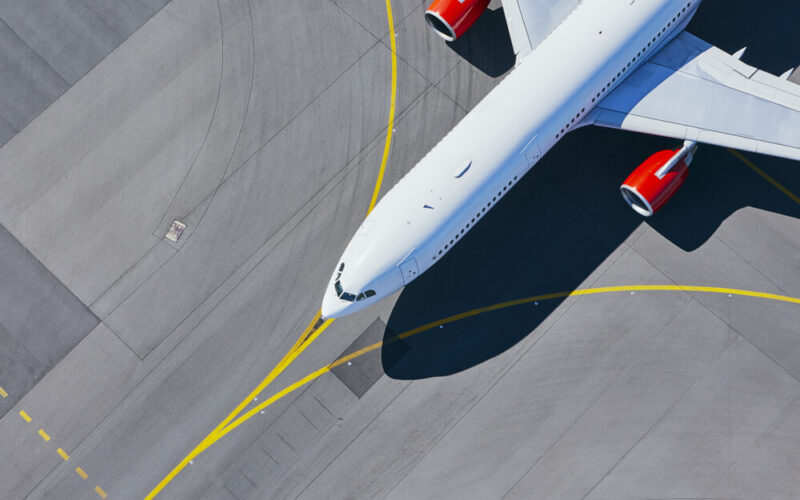With the survival mode “on”, the aviation industry is desperate to look for novel ways to keep their clients and cash reserves in hand for as long as it is possible. For most airlines, cutting expenses is the first order of business. For others, it is a challenge to find new resourceful ways to fatten the profits amid the global economic crisis.
How are airlines keeping things together during these turbulent times? AeroTime has rounded up cases of how inventive carriers might be in search of new revenue streams and attempts to keep credibility.
Filling the empty cabins: the rise of passenger freights
Refocusing efforts on cargo appears to be the most obvious thing to do. As the demand for air travel had weakened and the need for air cargo surged, airlines started to convert their unused aircraft into freighters. It all began with airlines using passenger jets to deliver medical supplies, equipment of various kinds, industrial parts, and high-demand consumer goods.
Plenty of operators worldwide, including Etihad Airways, KLM, American Airlines (A1G) (AAL) , All Nippon Airways, and many others, opted for expanding cargo and modified their passenger jets for goods transportation in order to sustain at least some of the operations. Air cargo rates have spiked drastically amidst pandemic, with rates jumping from 27% (from Hong Kong to North America) to 50% (from Shanghai to Europe) in just two weeks, according to Freightwaves data.
How come cargo hit stride at such a rate? Before the pandemic hit the world, more than half of cargo was transported in the so-called “belly” of passenger aircraft. Now that the passenger flights are canceled, retailers still need goods in their stores ‒ having, in fact, even higher demands, such as quick restockings on essential goods (masks and hand sanitizers).
Considered one of a few current sources of growth, air cargo is not a self-sufficient revenue stream that is able to compensate losses in passenger air travel. IATA still estimates airlines will lose up to $252 billion in passenger revenue this year. Nevertheless, the already busy cargo market keeps growing and doesn’t show signs of stopping.
From airline to a food delivery service?
Others may try the path of goods delivery but keeping things grounded. In another, quite unexpected take of how to stay afloat in the crisis, Russian carrier Ural Airlines has decided to place a premium on food experience on-board.
On April 29, 2020, the airline announced launching its food delivery service. Ex-passengers, who miss the sky food, can now get meals in traditional foil trays delivered straight to their doors. “Everything as on the plane, just with no window view”, the company’s slogan says.
Available in three major cities of Russia, the provider offers the selection of business and economy class meals and promises to twist 5% of the order price into loyalty program points.
Doubling ticket prices
A full plane is a pillar for affordable ticket pricing. With social distancing becoming a new reality, it is not likely planes will get at least 90% of seats occupied anytime soon. The surge of airfares after the lockdown might be inevitable, and the first moves in that direction have already turned up.
American Airlines (A1G) (AAL) started with raising baggage fees on their transatlantic flights. Then, major airlines in Russia (Aeroflot, S7, and others) reportedly increased prices on their April and May flights by 50-110%.
Some experts believe this might sound like an end of the extra cheap air travel era.
Frequent flyer programs: swift solution or last hope?
Another way to raise cash for airlines is by selling frequent flyer miles to credit card partners.
This might be the case for airlines in the US: Delta and United are reportedly discussing the opportunity of miles purchasing with their credit card partners. If it doesn’t sound like much just yet, here’s what ‒ Delta got $4 billion from selling miles to American Express in 2019.
The move would let airlines get a large amount of money straight away, but it comes at a price. “We view this as a very expensive source of liquidity and it would pain us to see airlines tap it as it carries an earnings burden, a negotiating leverage burden, and a valuation burden,” airline analyst Joseph DeNardi commented in his note.
Adjusting to a new normality, the industry is going through enforced structural changes, and taking risks is part of it.

